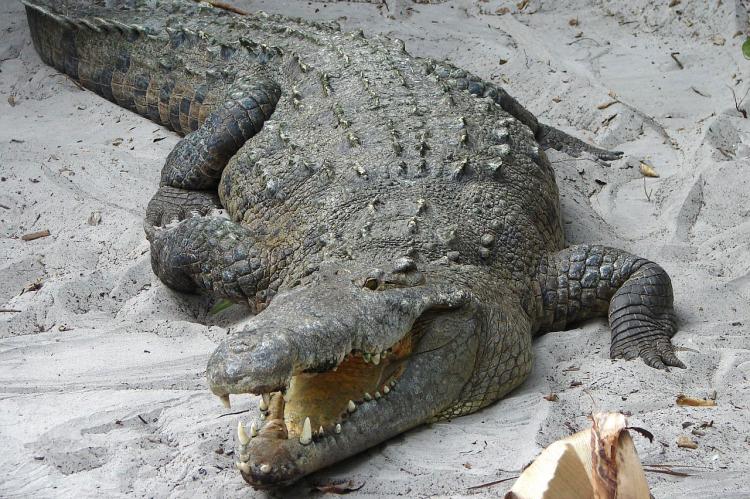Thin enamel? No problem for crocs
Crocodiles, with their fearsome toothy grin, have surprisingly thin tooth enamel, according to a new study.
Crocodiles, which regularly chomp down on prey like turtles, wildebeest and other large animals, have very powerful bites.
Yet, their tooth enamel (and that of their fossilised plant-eating ancestors) is thin, compared to that of other hard-biting animals.
This finding, published recently in the Journal of Zoology holds the potential of developing new approaches for dealing with people’s teeth.
“Once we unlock genetically how crocodiles and other non-mammals do this, maybe new teeth can be bioengineered for people,” said Brianne Schmiegelow, a former undergraduate student at the University of Missouri (MU) and current dental student at University of Missouri-Kansas City.
“Instead of using fillers such as crowns, people could instead ‘grow’ new teeth when they need to replace their worn out chompers.”
By using a three-dimensional x-ray scanner to measure the thickness of tooth enamel in crocodiles, the researchers discovered that the teeth—be it incisor, canine or molar—had thin enamel. The animal’s age and diet also did not affect the thickness of the enamel.
The researchers then studied published data on the dinosaur teeth (like that of the Tyrannosaurus); the enamel thickness was similar to that of the crocodile.
“We found that they [crocodiles] don’t have tough teeth, and we think it’s because they replace their teeth like most other non-mammal animals. That made us wonder if other animals—even prehistoric—had similar issues,” said lead researcher Kaleb Sellers, a postdoctoral fellow at the MU School of Medicine.
“It presents us with an interesting puzzle. If ancient crocodiles were chewing plants, did their new teeth already have the correct architecture—dimples and facets—to allow for this chewing? The findings here have paved the way for exploring this mystery with future research,” said Casey Holliday, an associate professor of anatomy in the MU School of Medicine.


